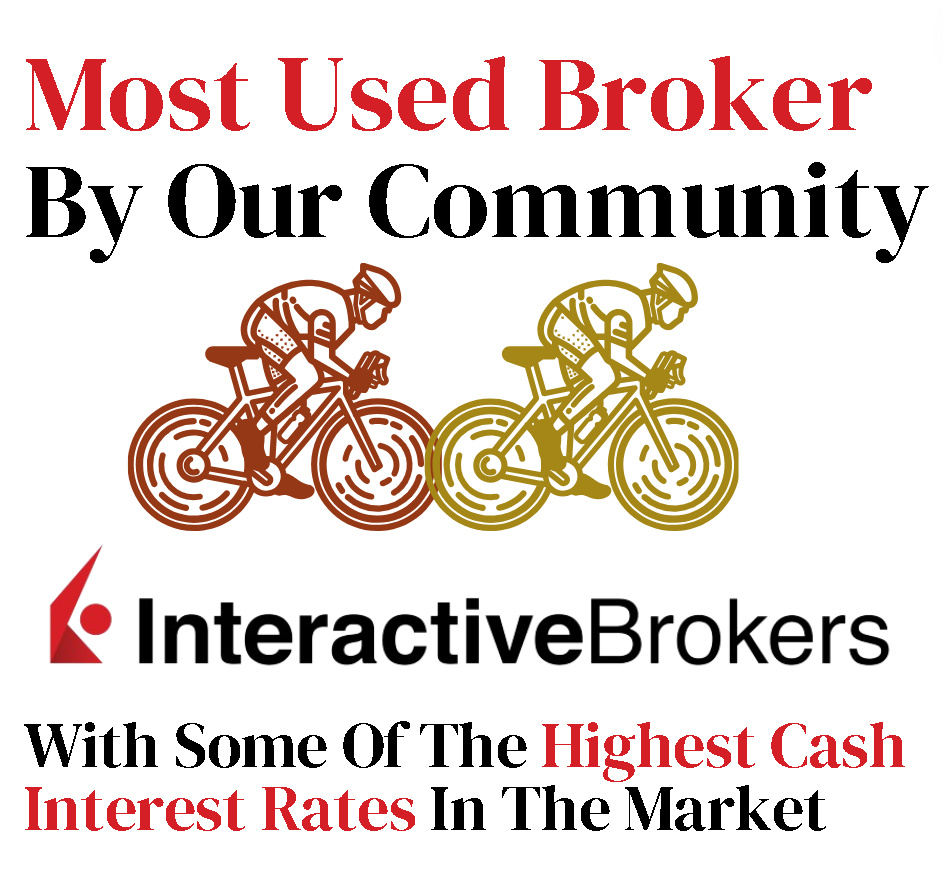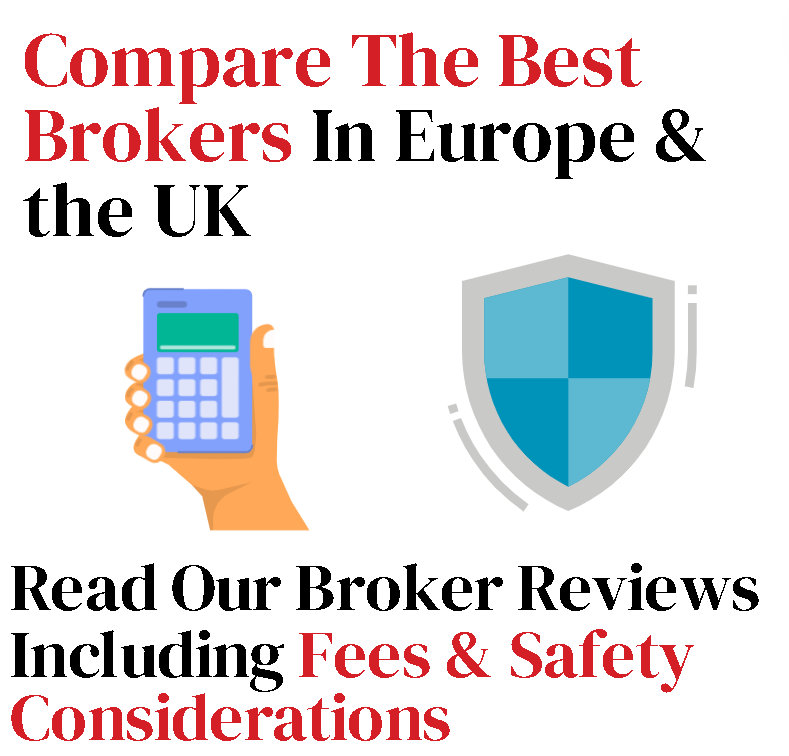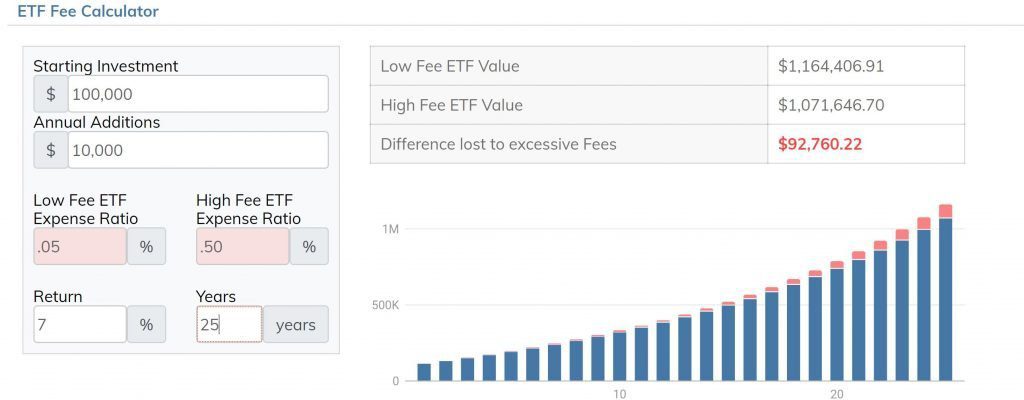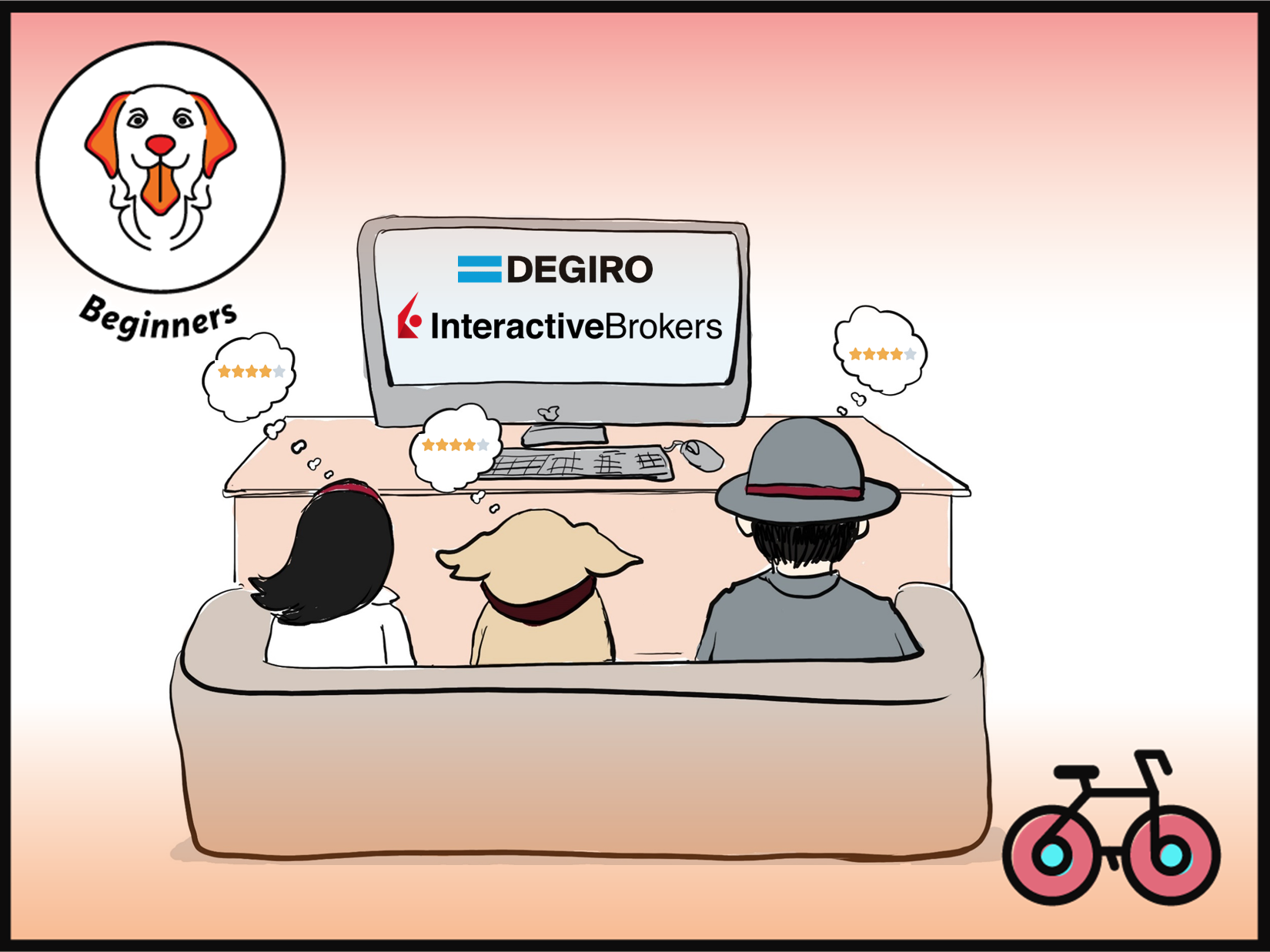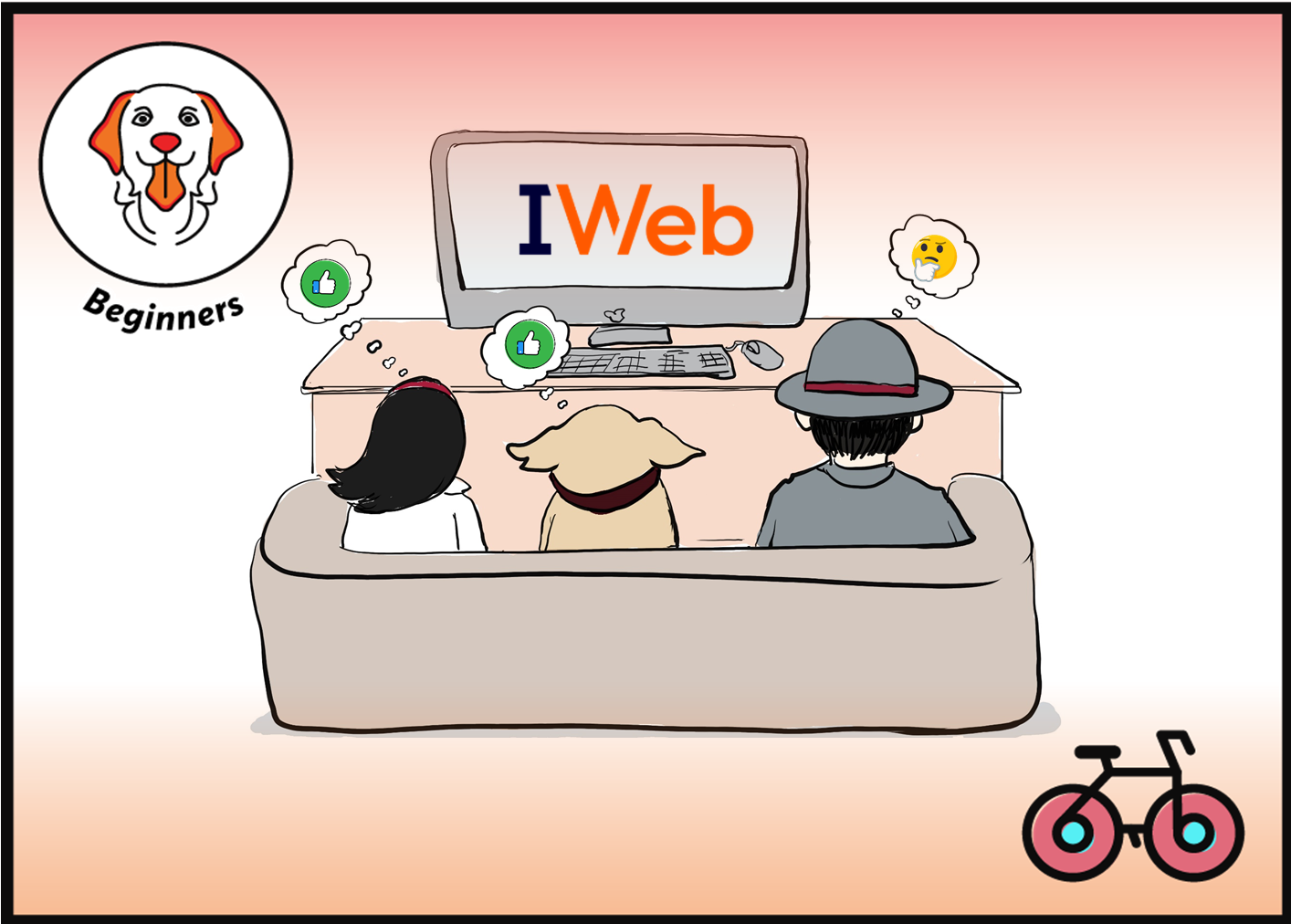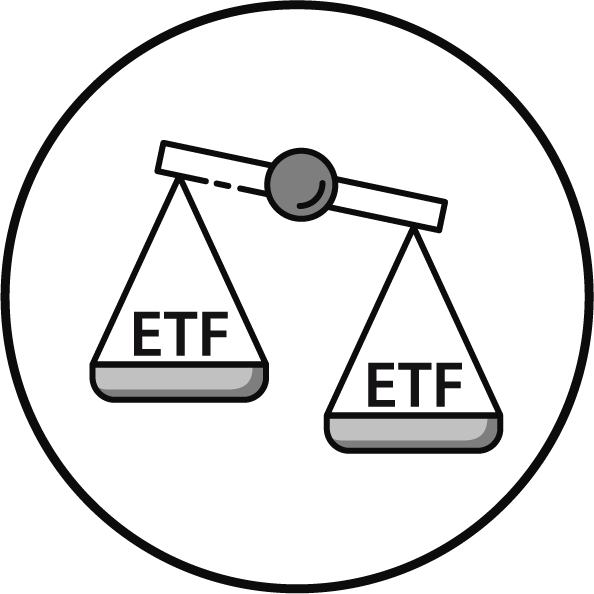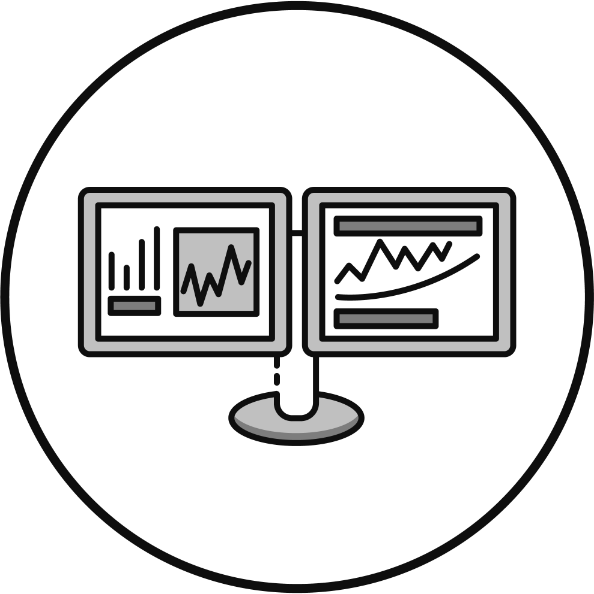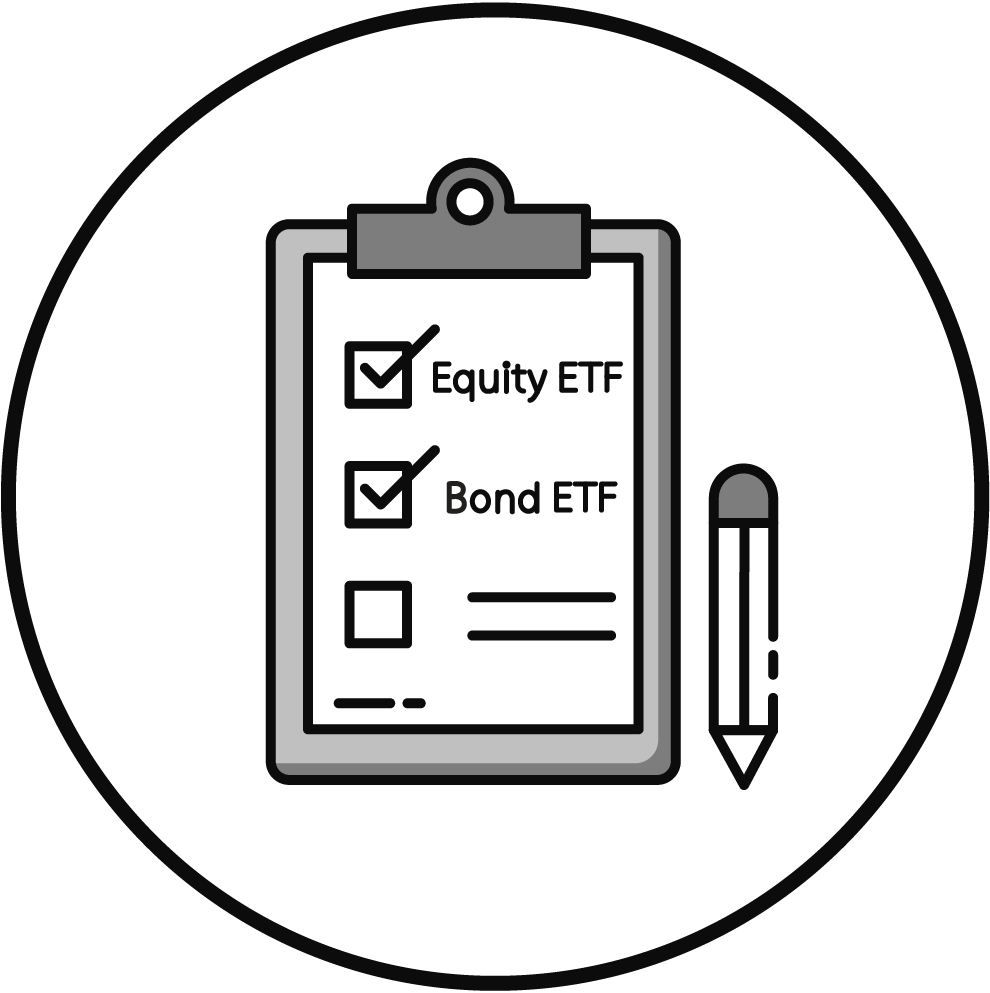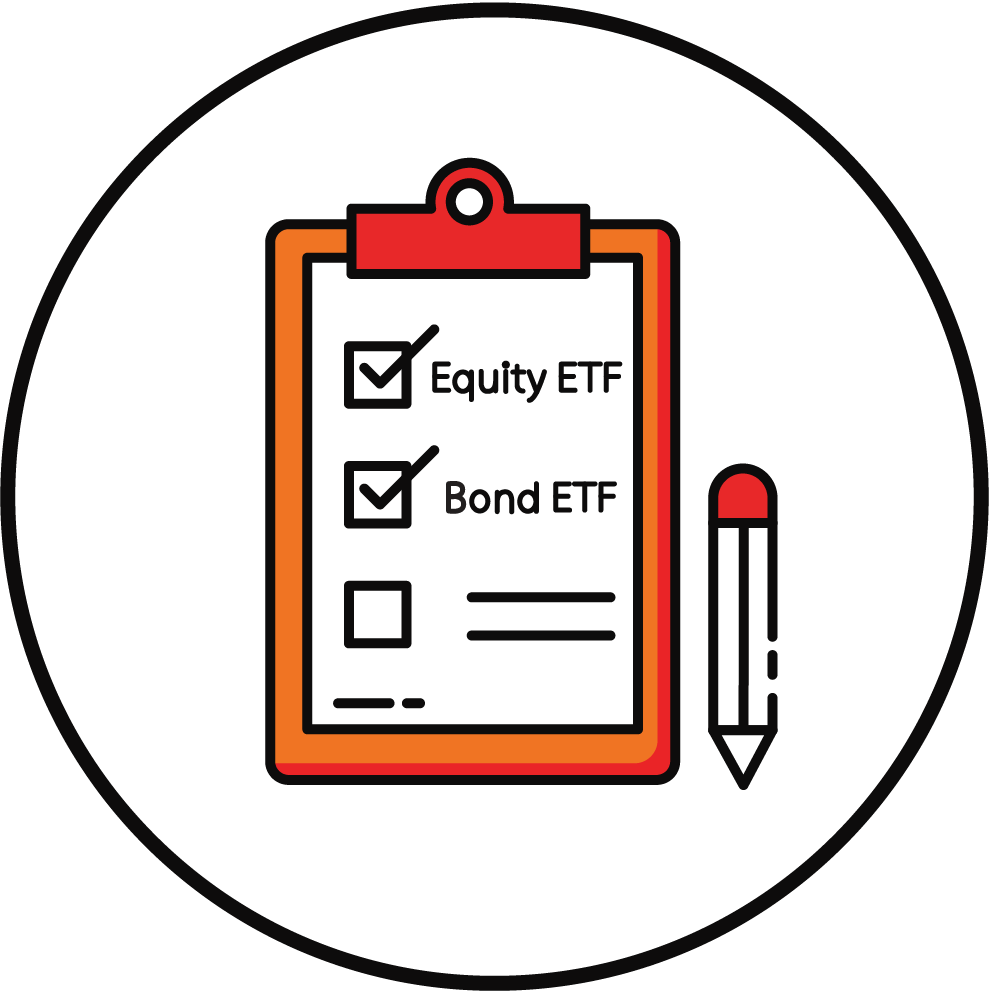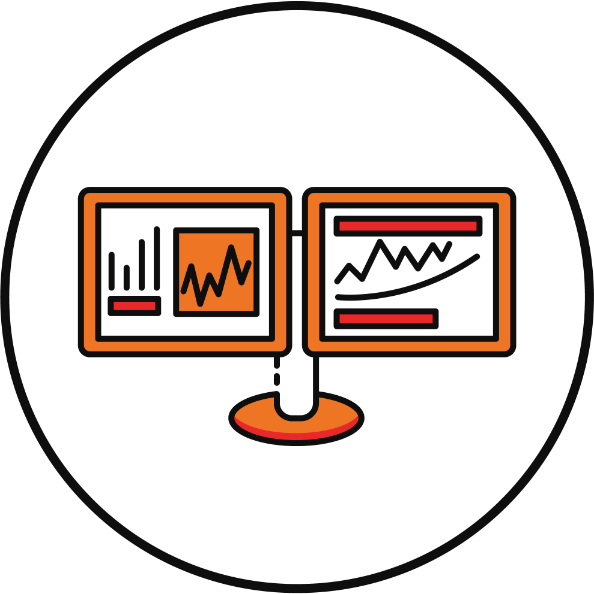ETF Fees – How They Work & How to Minimise Them!

Stop Feeding Wall Street: Take Control of the Fees You Can Influence
Over the past two decades, Index Investing became attractive, partly due to low ETF fees.
While you can’t avoid fees altogether, minimizing them is vital for maximizing your long-term returns. What are the different fees, and how do they compare to single Stocks or old school Mutual Funds?
Ready to safeguard your returns from unexpected fees? Let’s dive in!
KEY TAKEAWAYS
- On-going vs One-off Fees: The ETF Expense Ratio, is recurrent and depends on the size of your investment, impacting your portfolio’s long-term growth due to compounding effect over time. One-off fees, while also important, won’t have the same long-term impact on your investment.
- Calculating On-Going Fees: The ETF Expense Ratio is percentage-based, charged daily, subtly eroding your investment’s value. For instance, a 1% expense ratio on a €1,000 investment results in €10 annual costs, irrespective of the fund’s performance. This fee is unavoidable, but can be minimised. However, broker charges that are calculated as a percentage of your portfolio’s value are a red flag.
- Investor-Level Fees: most other costs are incurred at Investor level, and are one-off. Costs are typically visible when trading them, including broker commissions and bid-ask spreads. It’s essential to consider both when investing.
- What you can influence: Select low-cost ETFs, and minimise bid-ask spreads by choosing liquid exchanges and trading at optimal times. Commissions can be reduced by selecting cost-effective brokers. For internal ETF fees – like transaction fees and elements contributing to tracking difference – historical performance can be a guidance.
Here is the full analysis
What happens when you don't pay attention to fees
YOU: "Wall Street’s on our side!"
WALL STREET: Silently emptying your pockets
fund-level vs investor-level & on-going vs on-off Fees
Investors incur different costs when buying and holding an ETF.
Let’s compare them to trading single-name Stocks (like Apple or Tesla) and traditional Mutual Funds (the ones that your parents bought back in the days, although some are still relevant today), that some investors may be more familiar with. Here is our way to differentiate them:
- ETF vs. Investor Level Fees: Some costs are internal to the ETF, meaning they are incurred within the fund’s operation. Other costs are directly incurred by investors, and these will be typically taken directly from your broker account.
- On-going vs. One-off Fees: On-going costs, like the ETF expense ratio, are recurring, usually annual charges that cover management fees and operational costs, irrespective of ETF performance. One-off costs are incurred punctually, such as transaction costs when buying or selling.
Comparison with Stocks and Mutual Funds
ETFs have no loads, and typically lower Expense ratios
ETF and Investor-level Fees
| Cost | Level | Type | Stocks | ETFs | |
|---|---|---|---|---|---|
| Expense Ratio | ETF | On-going | NO | YES | YES |
| Transaction Costs | ETF | On-going | NO | YES | YES |
| Bid-Ask Spread | Investor | One-off | YES | YES | NO |
| Broker Commissions | Investor | One-off | YES | YES | YES* |
| Front-End Loads | Investor | One-off | NO | NO | YES* |
| Back-End Loads | Investor | One-off | NO | NO | YES* |
* Broker Commissions for mutual funds depend on the broker and the specific fund, as some funds may be sold with no load or commission, while others might have front-end or back-end loads. Front-End and Back-End Loads are fees paid at the time of purchase/sale. This is common for some mutual funds, but not applicable for stocks and ETFs.
What are the on-going Fees?
- The Expense Ratio (at ETF level): is an annual fee calculated as a percentage of your total investment in an ETF. Think of it as the ticket price for the professional management and operational services provided by the fund, where lower fees generally leave more of your money invested and working for you. This fee covers costs like fund management, and other operational expenses, including paying index providers, custodians and distributing expenses. Expense ratios are typically lower for ETFs, as compared to most Mutual Funds, although certain passive Index Mutual Funds in the UK are exceptions.
- Transaction costs (at ETF level): are commissions paid by the Asset Managers when buying/selling securities within the Fund. This fee goes to brokers and market makers. The on-going nature of this fee depends on the ETF strategy. Some passive funds may not perform many transactions.
Some brokers may have annual fees – often called maintenance or custody charges – charged as a percentage of the value of your portfolio. These are excluded in this analysis, but are on-going investor-level fees. Avoid them at all cost. Check whether your broker has such a charge.
What are the One-off costs?
These are costs that you incur just once, typically when you’re either buying or selling an ETF:
- Bid-Ask Spread (at Investor Level): This cost is encountered when trading ETFs. The bid-ask spread is the difference between the highest price a buyer is willing to pay for an asset (the bid) and the lowest price a seller is willing to accept (the ask). For investors, the relevant cost is the spread between these two prices, which can vary depending on the asset’s liquidity and market conditions. This cost is pocketed in as profit by the market maker.
- Broker Commissions (at Investor Level): These are explicit fees that you pay to a broker or a trading platform for executing a trade. It’s a one-time charge you incur when you buy or sell an ETF.
Have you ever wondered how salespeople pitching Mutual Funds to your Dad, aka conflicted ‘Financial Advisors’ got paid? Old school Mutual charge fees upon your investment’s entry or exit, called Front-End and Redemption Fees. These fees can be very steep. Via retrocessions, salespeople are getting their cut – at the investors’ expense. Fortunately, these fees are not applicable to ETFs, and most Index Mutual Funds.
Who and When IS getting paid?
Various ETF Costs are charged daily or punctually. They are paid to the Manager, Market Makers and Brokers.
Now, let’s focus only on ETFs and see how and when those costs are charged, and which are less visible to the investor.
On top of the fee type and level when it’s charged, some other considerations include:
- Who is paid: Identifies the recipient of the fee, such as ETF Managers (like BlackRock or Vanguard), Market Makers ‘MMs’ (Hedge Funds or authorized ETF participants like Goldman Sachs – you won’t be able to see them as they are acting behind the scenes), or Brokers (like Interactive Brokers or Swissquote).
- Typical fee: Provides an average or common rate at which these fees are usually charged, ranging from fixed percentages to variable rates based on different conditions.
- How it’s deducted: Describes the method of fee deduction, whether it’s directly visible as a separate charge or deducted from ETF NAV and indirectly seen in lower ETF performance.
- When it’s deducted: Specifies the timing of the fee deduction, such as daily, or at the time of the transaction.
Summary of ETF costs
Typical Costs, time and method of deduction
| Fee Type | Level | Who is paid | Typical Annual Fee | How it's deducted | When it's deducted |
|---|---|---|---|---|---|
| Expense Ratio | ETF | ETF Manager | 0.07-0.8% | ETF NAV | Daily |
| Transaction Fees | ETF | MMs/Dealers | 0.03%-0.05%¹ | ETF NAV | At transaction |
| Bid-Ask Spread | Investor | MMs | Varies | Visible fee³ | At transaction |
| Commissions | Investor | Brokers | Varies | Visible fee² | At transaction |
1. ETF-level Costs
How is the ETF expense fee Calculated?
Let’s assume the ETF incurs the following fees:
- Management Fees: $300,000
- Administrative Fees: $150,000
- Other Fees: $50,000
So, the Total Fund Costs: are $500,000. If the average size of the Fund was $50m over the year, the Total Expense Ratio is calculated as follows:
- Total Fund Costs: $500,000
- Average Assets Under Management: $50,000,000
TER Formula: (Total Fund Costs / Average AUM) × 100%
TER = ($500,000 / $50,000,000) × 100% = 0.01 × 100% = 1%
But remember, the TER is set in advance, so the Management Fees are adjusted so that the overall cost will stay at 1%.
How is the ETF expense fee deducted?
ETFs expense ratio fees are silently deducted from the Net Asset Value (NAV) daily. The expense ratios for ETFs typically range from 0.07% to 0.80% of Assets Under Management (AUM), affecting the overall value of the investment. In contrast, stocks don’t possess expense ratios. Mutual funds, also have expense ratios, which are typically higher (ranging from 0.50% to 3.00% of AUM).
How are the Transaction Fees Calculated?
ETFs incur transaction fees, not included in the Total Expense Ratio, during the buying or selling of underlying assets within the fund. These depend on how much rebalancing needs to be performed, and thus the strategy of the ETF. These fees, invisible to investors, are incurred by asset managers and can affect the ETF’s overall performance. They usually represent a few basis points annually (e.g. between 0.03% to 0.05% for most passive funds).
2. Investor-level Costs
Which ETF Costs are Explicit?
Broker Commissions: Brokerage commissions are explicit costs for ETFs, visible to investors at the point of transaction. These fees depend on the broker and the trading platform, with some offering commission-free trades for selected ETFs, but may incur higher spreads.
Bid-Ask Spread: The bid-ask spread is another explicit cost for ETFs. This is a visible cost that investors indirectly incur through the price of the asset, with the spread fluctuating based on liquidity and market conditions.
Check before trading and opening a broker account
- ETF Expense Ratio – This information can be located in the Key Information Document (KID) or the factsheet of the ETF, which are documents provided by the ETF providers to give investors a clear understanding of the investment product.
- ETF Transaction Fees: Starting from January 1, 2023, due to the PRIIPs regulation, ETF providers are required to explicitly state transaction costs in the Key Information Document (KID).
- Bid-Ask Spread: Investors can see the bid-ask spread in real-time when transacting with their Broker.
- Commissions: Information regarding commissions can be found on the broker’s fees page.
ETF Fees - Documents to Check
| Fee/Cost | Who's disclosing | Where to check |
|---|---|---|
| Expense Ratio | ETF Provider | KID/Factsheet |
| Transaction Fees | ETF Provider | KID* |
| Bid-Ask Spread | Broker | When Transacting |
| Commissions | Broker | Broker Fees Page |
Why Recurrent fees are the most important
The snowball effect of low fees
Do your own simulation
We saw that there are different types of investment costs to consider: brokerage costs are typically incurred as one-off fees during the buying or selling process, whereas the Expense Ratio associated with ETFs is an ongoing charge levied daily.
To grasp how compounding works its magic, you can use Bankeronwheels.com ETF Fee Calculator. This tool allows you to compare the Expense Ratios of two funds and visualise the potential impact on your investment over time.
How a 0.45% difference in fee amounts to $92k of savings
For instance, consider an initial investment of $100,000. The difference in returns between a fund with a 0.05% fee and a fund with a 0.5% fee can be substantial over the long term—after 25 years, this difference could amount to a significant $92,760.
our ETF fee calculator (Compare ETF Expense Ratios)
How Much should you pay?
On-Going fees
A way of outperforming most investors
There are two methods of improving after-cost returns for investors – earning higher returns by using a winning investment strategy or getting a winning manager, and the other method is by reducing expenses.
You have limited control over the first one, since you don’t know that in advance. You can fully control the second factor.
For Most Passive Funds, The Expense Ratio shouldn't exceed 0.25%
We recently compared all UCITS Equity ETFs in specific categories to look for the best performers. With respect to recurrent Expense Ratio fees:
- In some of the most competitive markets, like the S&P 500 (0.05%) or European Equities (0.07%), the Best Total Expense Ratio are close to zero.
- For Emerging Markets and Global ETFs the best TERs are just under 0.2%.
GOOD TERs FOR EQUITY MARKETS
| Equity Market | Best TER | Good TER |
|---|---|---|
| Global ETF | 0.17% | up to 0.25% |
| Developed Markets | 0.12% | up to 0.2% |
| Emerging Markets | 0.18% | up to 0.25% |
| S&P 500 | 0.05% | up to 0.15% |
| European Equities | 0.07% | up to 0.2% |
One-off fees
Where you can have an impact
- Broker charges: Different brokers have different fee structures. Some might offer commission-free trades for certain assets or have lower fees than others. We have a dedicated tool to compare overall brokers charges, including the biggest trap for investors – annual custody charges. 🚩 Avoid at all costs.
- Bid-Ask Spread (Liquidity): Securities traded on exchanges with higher liquidity typically have tighter bid-ask spreads. Higher liquidity means there are more buyers and sellers, leading to more competitive prices, which ultimately benefits the investor. By choosing to trade on more liquid exchanges, an investor can often secure more favourable spreads. In Europe, such exchanges typically include the LSE and Xetra.
- Bid-Ask Spread (Timing): Market conditions vary throughout the trading day, affecting liquidity and, consequently, the bid-ask spread. Trading when the market is less liquid (usually shortly after the market opens and before it closes) can lead to higher spreads.
What you don't control
- ETF Transaction Fees: Since these transactions are managed internally by the fund managers, individual investors cannot influence these fees. But you can decide which low-turnover strategy to choose, or understand how much was paid historically, and compare to competing ETFs.
- Other ETF Fees: The discrepancy between the ETF’s performance and the index can arise due to various factors we saw – for example, transaction costs. But the fund’s replication method can also have an impact. Most components are set by the fund manager and the fund’s operational structure, leaving investors with little to no influence over them.
From Bankeronwheels.com
Get Wise The Most Relevant Independent Weekly Insights For Individual Investors In Europe & the UK
Liked the quality of our guides? There is more. Every week we release new guides, tools and compile the best insights from all corners of the web related to investing, early retirement & lifestyle along with exclusive articles, and way more. Probably the best newsletter for Individual Investors in Europe and the UK. Try it. Feel free to unsubscribe at any time.
🎁 In the first email, you can download a FREE comprehensive 2-page checklist to construct & monitor your portfolio and clean up your personal finances.
Did you know that ETFs can also generate revenues?
In wrapping up our short guide, it’s pivotal to highlight that ETFs aren’t merely cost-incurring vessels – they are also capable of generating revenues, for example, through lending securities.
While you have little influence over some future fees and revenues within the ETF, you may want to check how the Asset Manager performed in the past, which strategies and types of securities imply more costs or revenues, through a metric called Tracking Difference.
This nuanced metric encapsulates the total impact on your investment by combining management costs, transaction costs, and the often-overlooked revenue generated by the ETF.
For some assets looking at Tracking Difference is very useful, for some others – not so much. We have written a dedicated guide related to Tracking Difference, and tools you can use to assess it. Happy investing.
Good Luck and Keep’em* Rolling!
(* Wheels & Dividends)

Weekend Reading – JP Morgan Guide To Retirement

Surviving The Next Bear – Strategies To Profit From The Next Market Crash

Weekend Reading – Asset Class Returns since 1970 & Trend Following Strategies

Cracking the Code: Decoding ETF Names & Discovering Tools To Find Them
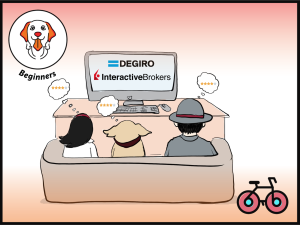
Broker Review Methodology

iWeb Share Dealing Review – Great For Inactive Investors
HELP US
🙋 Wondering why finding honest Investing Guidance is so difficult? That’s because running an independent website like ours is very hard work. If You Found Value In Our Content And Wish To Support Our Mission To Help Others, Consider:
- 📞 setting up a coaching session
- ☕ Treating us to a coffee
- 🎁 Taking advantage of our affiliate links when setting up a broker account. This doesn’t increase your costs, and we often secure exclusive bonuses for our audience.
- ❤️ Exploring Other ways to support our growth, both financially and non-financially.
DISCLAIMER
All information found here, including any ideas, opinions, views, predictions expressed or implied herein, are for informational, entertainment or educational purposes only and do not constitute financial advice. Consider the appropriateness of the information having regard to your objectives, financial situation and needs, and seek professional advice where appropriate. Read our full terms and conditions.


